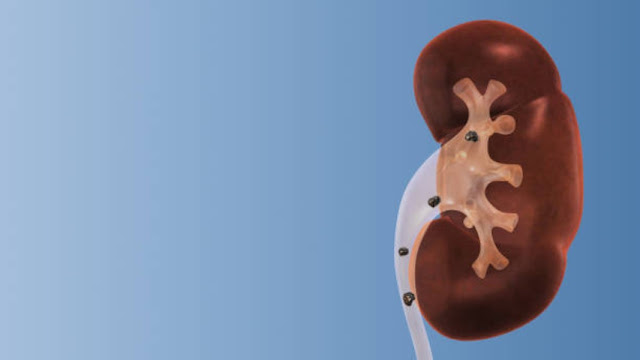5 Lactose Intolerance Symptoms You Should Identify
If you've ever felt bloated or just sick after drinking ice cream, a glass of milk, yogurt or something to make cheese, you're more than likely lactose intolerant .
People with lactose intolerance cannot fully digest this sugar from milk and dairy products. This digestive disorder is caused by the lack of a certain enzyme, lactase, which is responsible for breaking down lactose into two modest sugars: glucose and galactose and produced by the small intestine. Lactase can also be produced, but not in sufficient quantity to break down lactose. Because it is not broken down into glucose and galactose, lactose will continue to move through the digestive system without being absorbed, producing fermentation and gas .
Most children and infants do not have problems with sufficient lactase production, but as we age, lactase production gradually decreases. This leads to lactose intolerance in many adults .
In fact, it is estimated that about 65% of adults have some degree of lactose intolerance. In Spain, it affects 30% or 40% of the population .
Here are the five most common symptoms you may notice if you have lactose intolerance:
1. Swelling
2. Acute diarrhea
3. Gas or flatulence
4. Stomach cramps or colic
5. Nausea and sometimes vomiting
Symptoms usually appear between 30 minutes and two hours after eating lactose-containing foods, according to the prestigious Mayo Clinic. If lactose intolerance is suspected, medical advice is advised. Especially if there is concern about getting enough calcium .
The latter could be perfectly offset by eating calcium-rich, non-dairy foods, such as sesame seeds, tofu, blue fish, such as anchovies, sardines or anchovies, almonds and pistachios, steamed vegetables such as spinach, broccoli, salad, raw, parsley and seaweed, such as wakame and chickpeas, such as chickpeas.
In addition, dairy products sold without lactose continue to
provide calcium, in fact their nutritional values are exactly the same as
regular dairy products, the only thing that differs is that without lactose
(contains lactose) lactase is added for digestion.

